CARING WITH FAMILY
|
| The level of affection a breed shows towards its family members, or familiar acquaintances, can vary significantly. Certain breeds may display a reserved demeanor towards everyone except their owner demonstrating loyalty and affection solely to them. On the other hand, there are breeds that warmly embrace all familiar faces treating each acquaintance as though they are a cherished best friend. |
LOVE WITH CHILDREN
Unwise
Good With Children
|
| The degree to which a dog breed can patiently and tolerantly engage with children as well as its overall disposition towards family environments can differ greatly. It's crucial to always monitor interactions between dogs and young children or kids who may not have extensive experience with dogs to ensure safety and positive experiences for both parties. |
BEHAVIOR WITH DOGS
Unwise
Good With Other Dogs
|
| The natural friendliness of a breed towards fellow canines is an essential trait to consider. While supervision during meetings and mingling with other dogs is crucial, certain breeds have an inherent predisposition to be more sociable with their kind, whether in private settings or out in the community. |
SHEDDING LEVELS & MANAGEMENT
No Shedding
Hair Everywhere
|
| The amount of fur and hair that the breed is likely to shed is something to consider. Breeds known for shedding a lot will demand more regular grooming, have a higher chance of activating specific allergies and necessitate more regular use of vacuum cleaners and lint rollers to keep your surroundings clean. |
COAT GROOMING STANDARDS
|
| The grooming needs of a breed, including the frequency of bathing brushing, trimming or other coat care practices should be evaluated based on your available time, patience and financial resources. Every breed needs its nails trimmed regularly but the overall grooming effort can vary widely influencing your daily routine and maintenance costs. |
DROOLING INTENSITY
Less Likely to Drool
Always Have a Towel
|
| The tendency of a breed to drool is an important consideration, especially for those who prefer a clean and tidy environment. Breeds that are known to drool heavily may not be the ideal choice for individuals who wish to avoid having their clothes or furniture marked with slobber. |
COAT STYLES GUIDE |
| Double |
| COAT SPECTRUM |
| Medium |
FRIENDLINESS
Reserved
Everyone Is My Best Friend
|
| When it comes to interacting with people they don't know, breeds show a wide range of behaviors. Some breeds tend to be cautious or standoffish with anyone new, regardless of the environment, while others are delighted at the prospect of making a new human acquaintance at any opportunity. |
LIVELINESS
Only When You Want To Play
Non-Stop
|
| The level of excitement for playtime a particular breed exhibits can often extend beyond their youthful puppy days. Certain breeds maintain their passion for engaging games like tug-of-war or fetch deep into their adulthood whereas others prefer spending most of their time lounging on the sofa beside you content with a more laid-back lifestyle. |
VIGILANCE INTENSITY
What's Mine Is Yours
Vigilant
|
| The tendency of certain breeds to notify you of the presence of strangers is noteworthy. These dogs are prone to respond to any perceived threat be it the postal worker or a squirrel in the garden. Such breeds are inclined to become friendly towards strangers once they have been welcomed into the home by their family members. |
ADAPTATION CAPACITY
Lives For Routine
Highly Adaptable
|
| The adaptability of a breed to changes plays a crucial role in their day-to-day life. This trait reflects how well a breed copes with alterations in living environments, noise levels, weather conditions, daily routines, and other everyday fluctuations. |
OBEDIENCE LEVEL
Self-Willed
Eager to Please
|
| The ease of training your dog and its eagerness to acquire new skills greatly depends on the breed. Some breeds are highly motivated to please their owners and show a remarkable willingness to learn while others display a more independent nature preferring to follow their whims whenever and wherever they choose. |
STAMINA LEVEL
|
| The level of physical activity and mental engagement a breed requires varies significantly. High-energy breeds are always on the move, prepared for their next expedition dedicating their day to running, jumping and playing. On the opposite end of the spectrum low-energy breeds embody the essence of couch potatoes contentedly lounging and napping for the majority of the time. |
VOCALIZATION
|
| When Necessary |
LEARNING CURIOSITY LEVEL
Happy to Lounge
Needs a Job or Activity
|
| The necessity for mental stimulation to keep a breed content and healthy varies, particularly among dogs bred for specific tasks. These purpose-bred dogs often engage in activities that demand decision-making problem-solving concentration or other cognitive skills. Without sufficient mental exercises to occupy their minds, they're likely to initiate their own projects to stay engaged. Unfortunately these self-initiated activities may not align with the types of projects you'd prefer indicating the importance of providing appropriate mental stimulation tailored to the breed's needs. |
| COLORS |
|
Description
|
Registration Code
|
|
Black
|
007
|
|
Fawn
|
082
|
|
Red
|
140
|
|
White
|
199
|
|
Brown Brindle
|
065
|
|
Red, Black Overlay
|
422
|
|
Silver, Black Overlay
|
424
|
|
Brown, Black Overlay
|
421
|
|
Fawn, Black Overlay
|
423
|
|
| PATTERNS |
|
Description
|
Registration Code
|
|
Black Mask, White Markings
|
005
|
|
Black & White Mask White Markings
|
105
|
|
Pinto, Black & White Mask
|
103
|
|
Black Mask
|
004
|
|
White Mask
|
015
|
|
Pinto, Black Mask
|
079
|
|
White Mask, White Markings
|
104
|
|
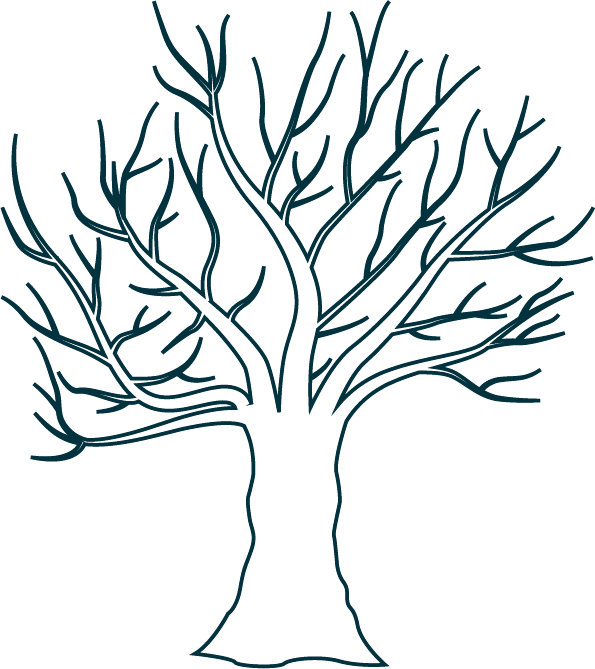


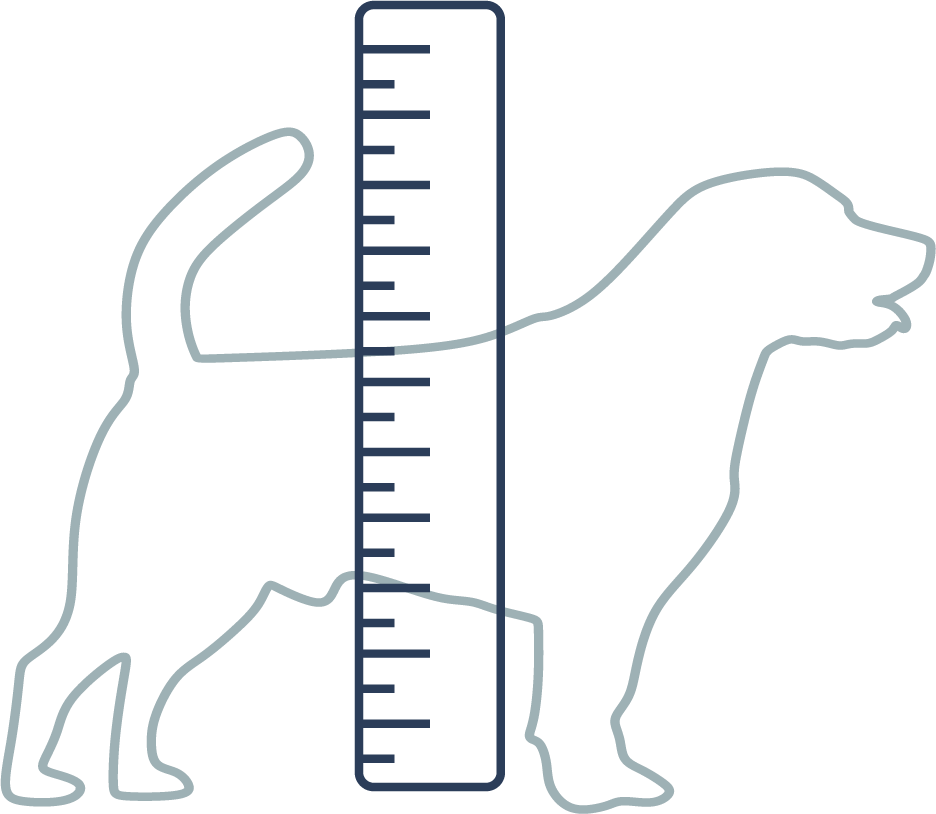


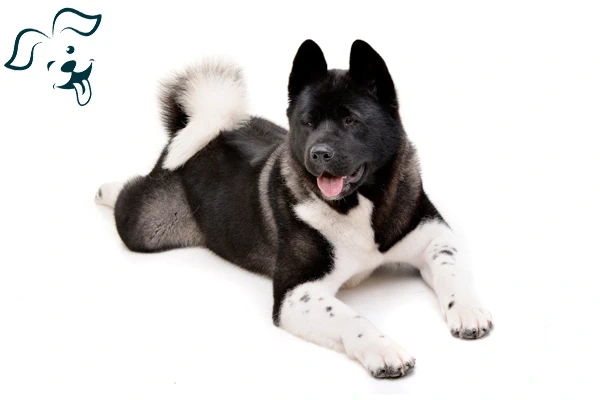
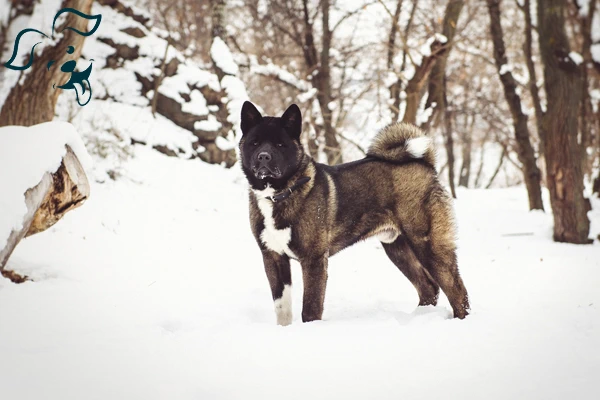
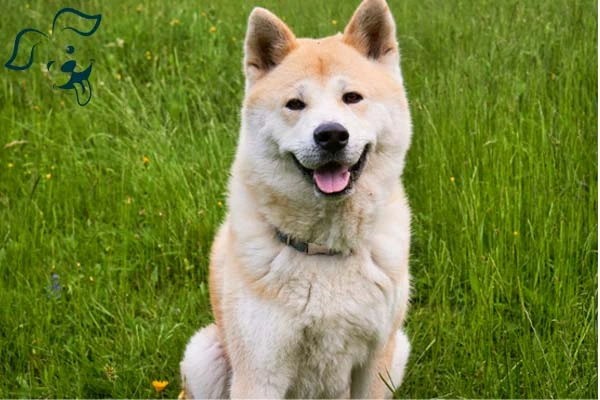
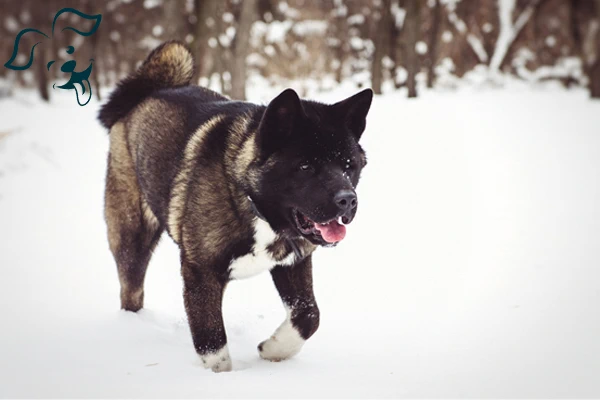






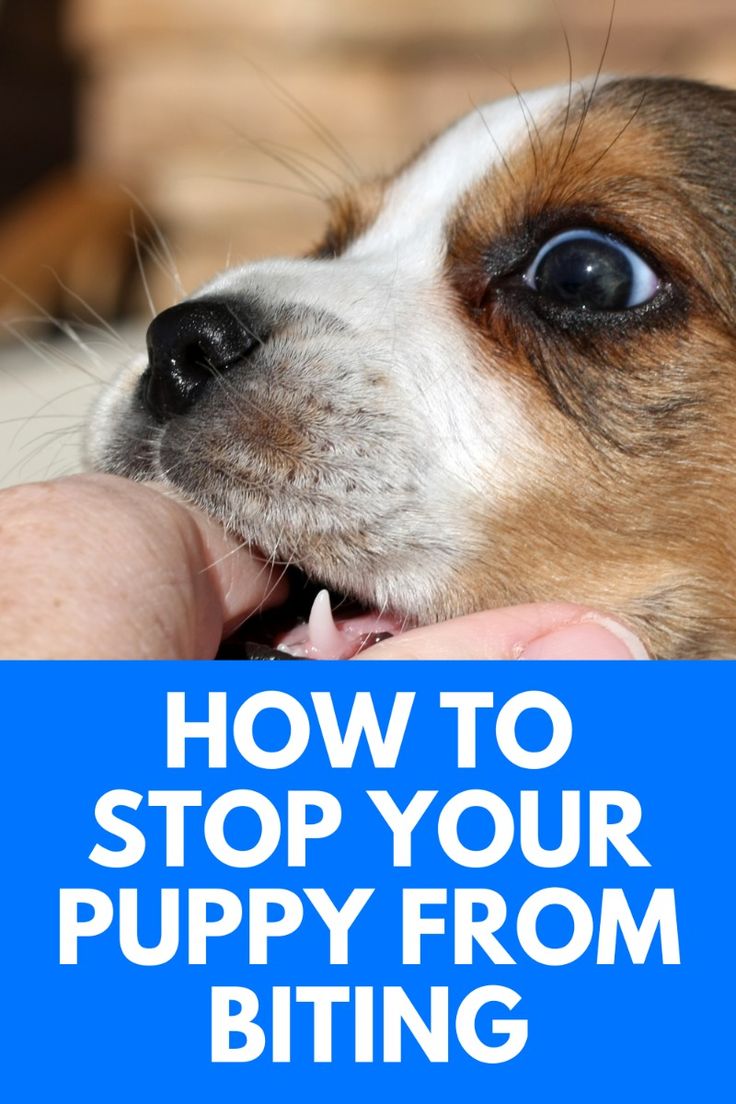
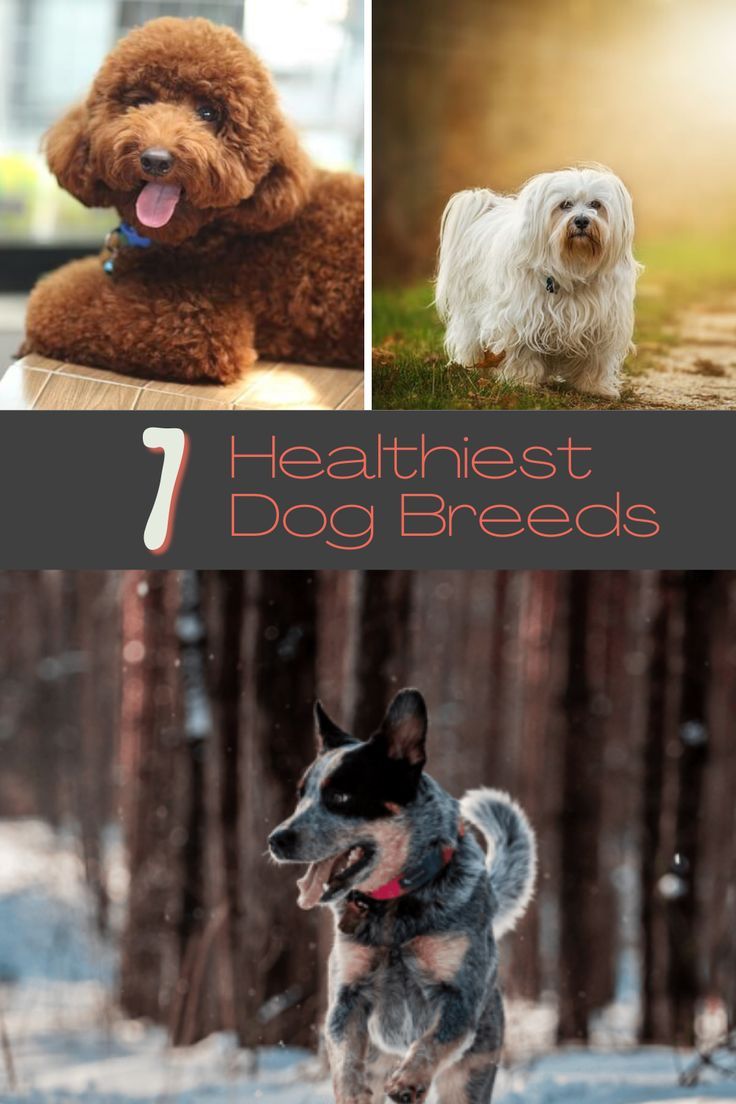

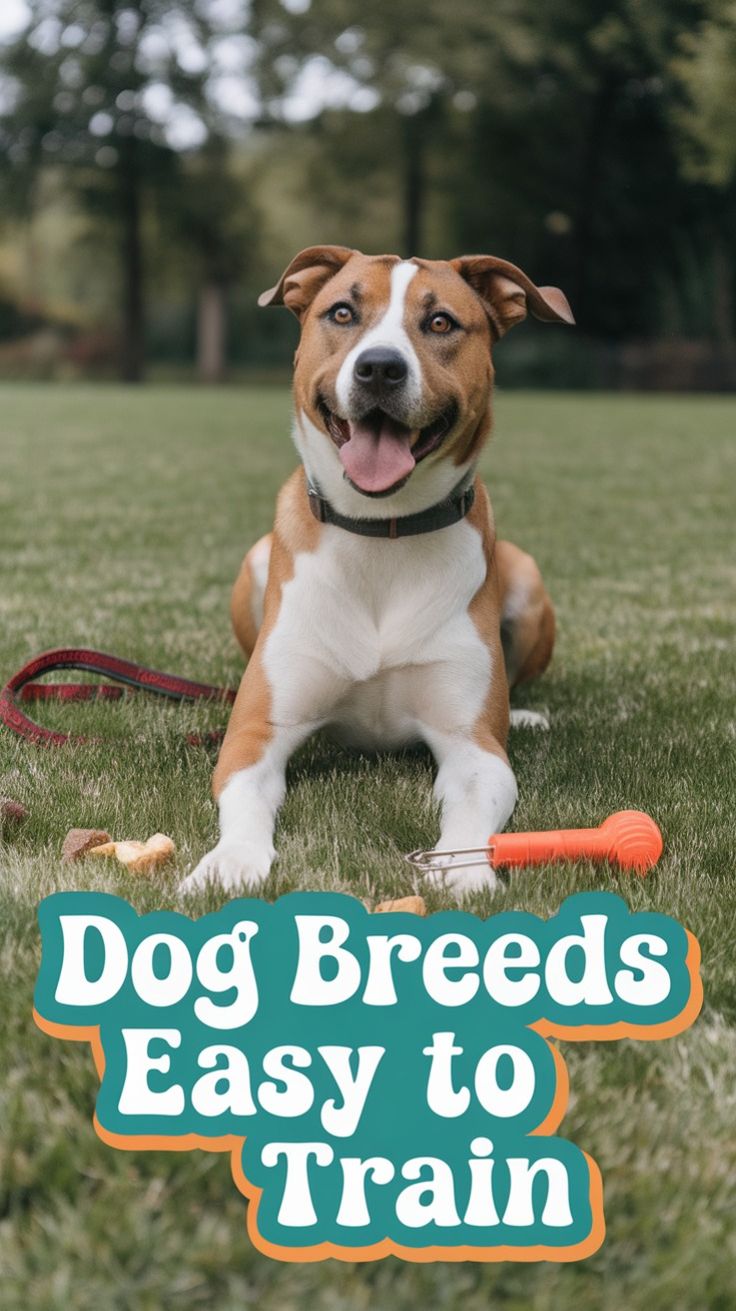
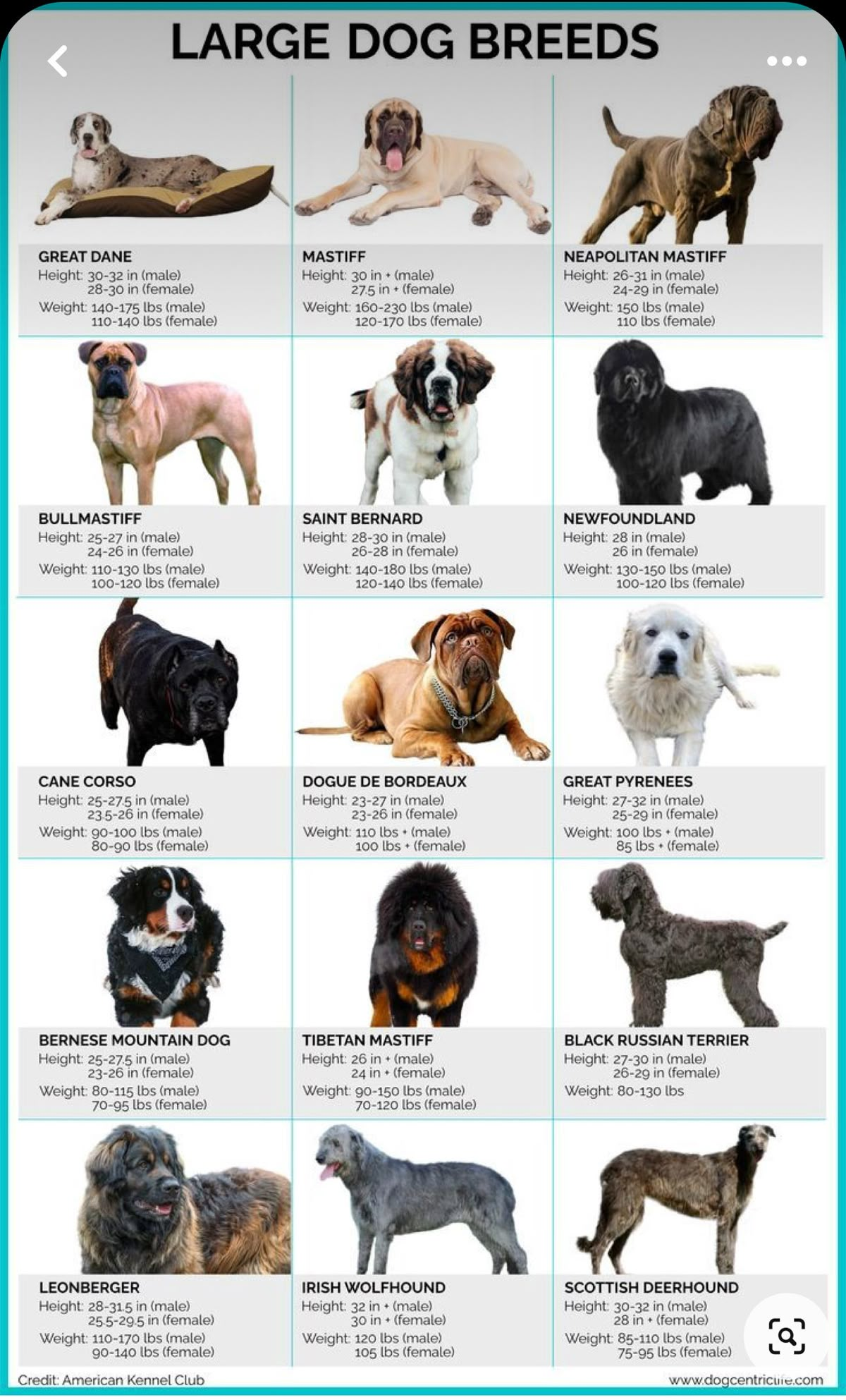

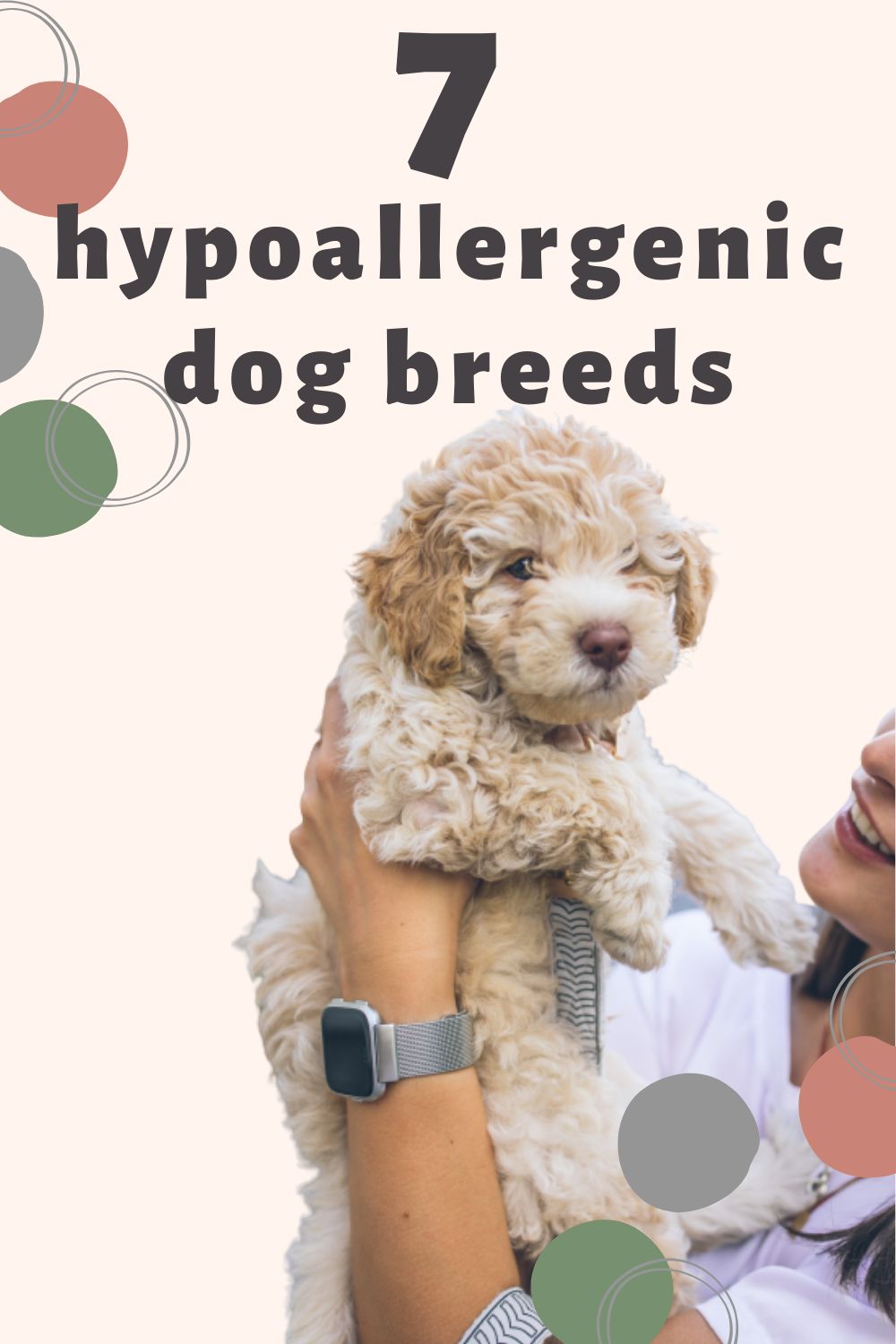
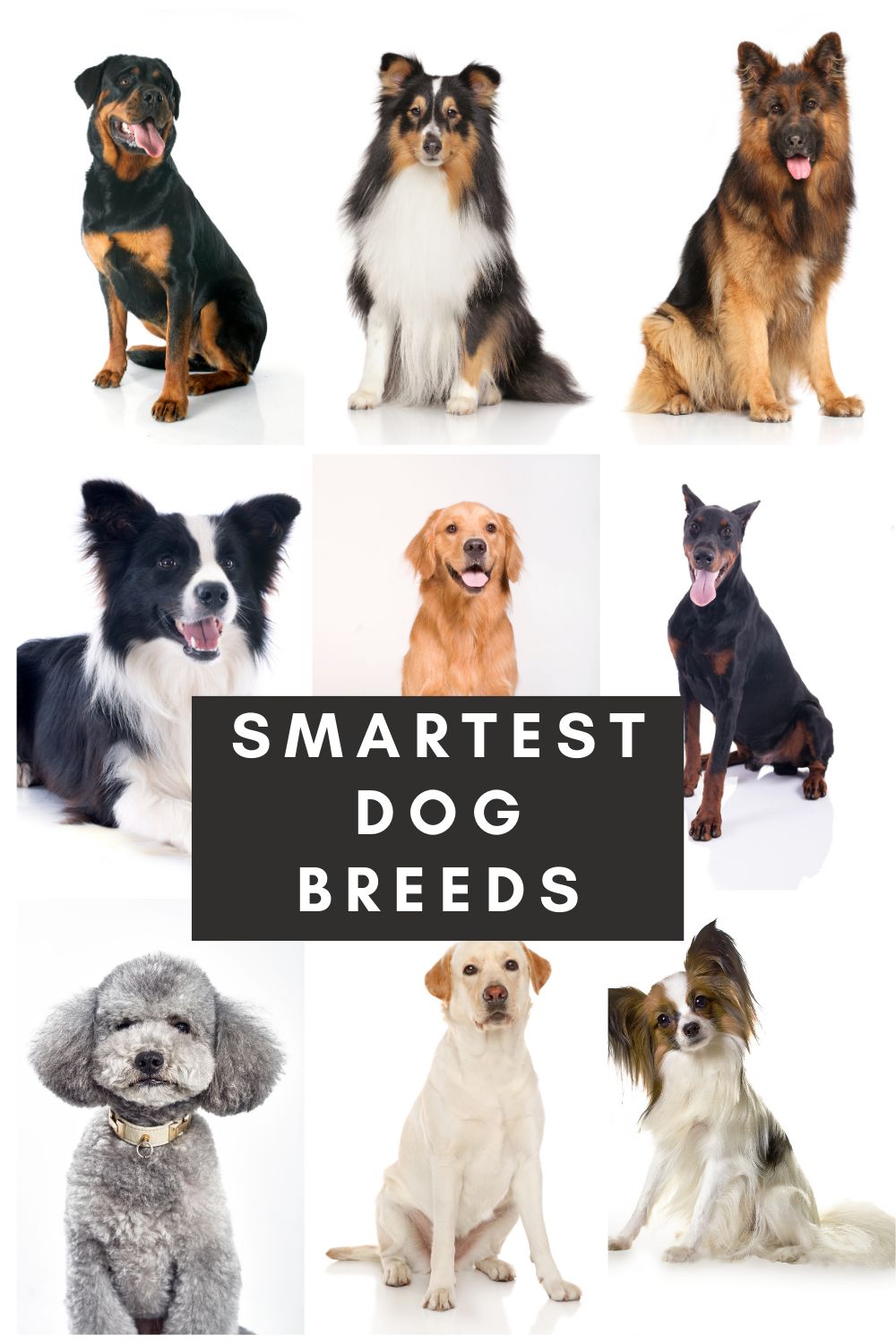
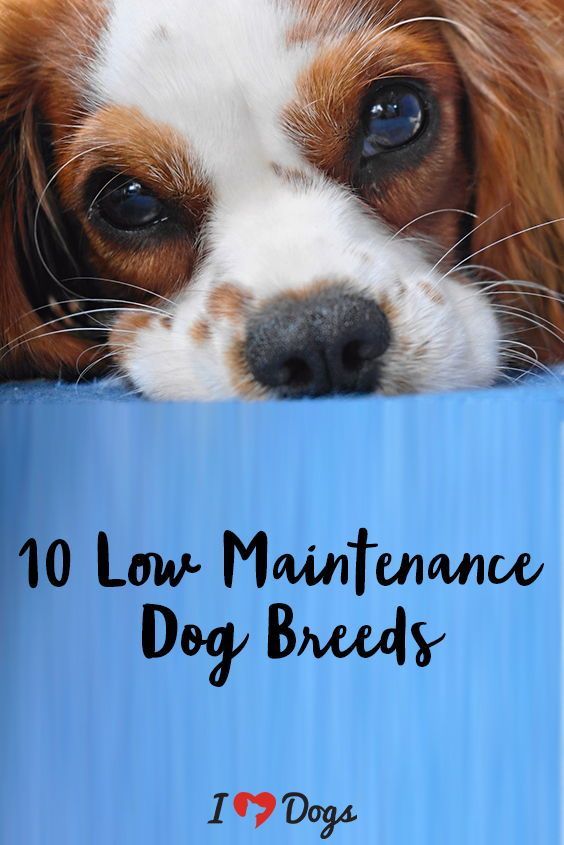


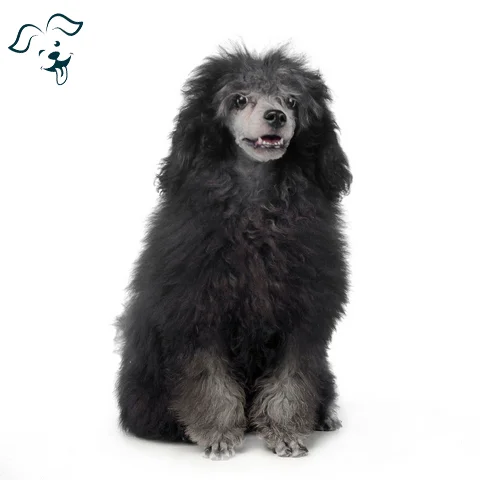
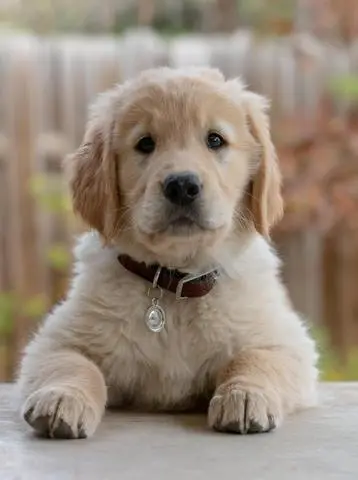
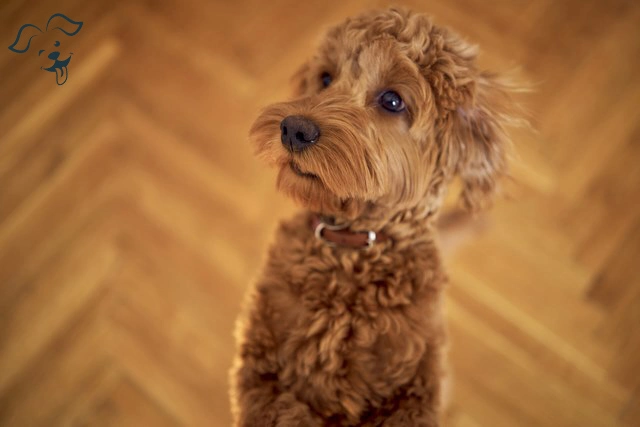
FRIENDLINESS
LIVELINESS
VIGILANCE INTENSITY
ADAPTATION CAPACITY